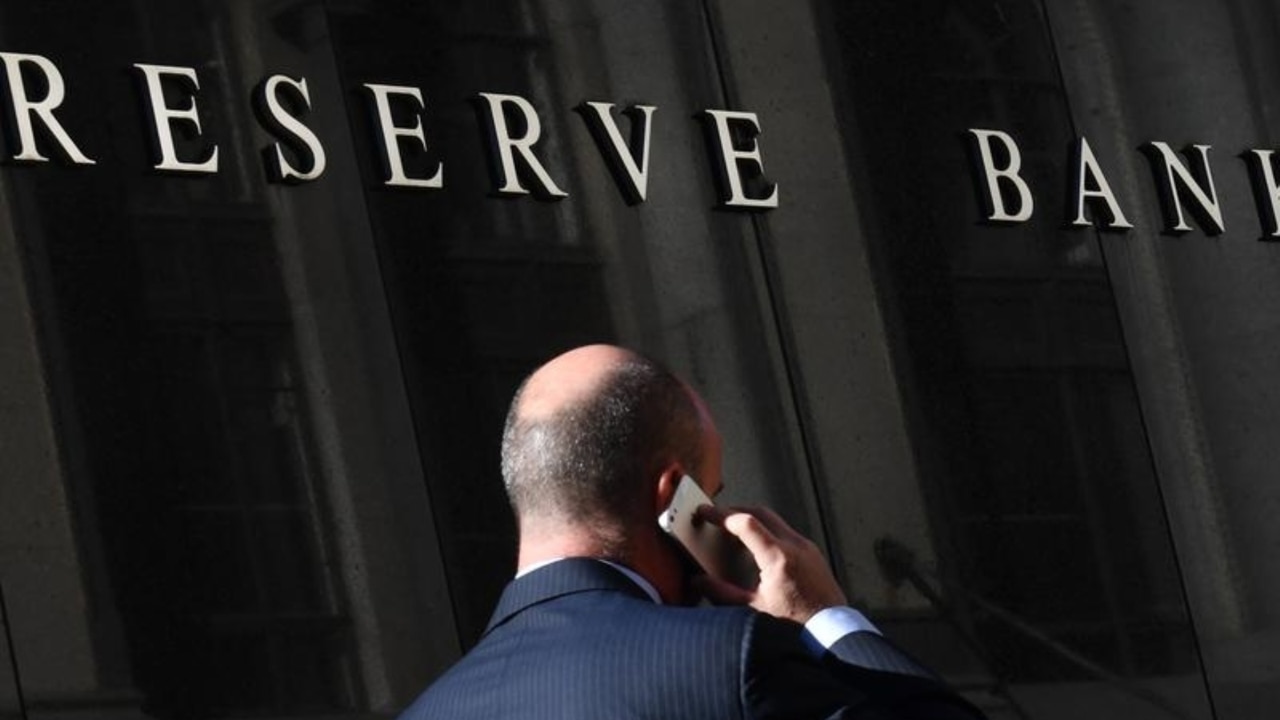Retailers turning to discounts as cost of living crisis sees Australians avoid discretionary purchases
Retailers are resorting to bigger discounts in a bid to entice consumers to spend, but changing economic conditions could see that tactic end in the months ahead.

Retailers are resorting to greater and more frequent discounting to entice Australians avoiding discretionary spending where possible as cost of living pressures continue to restrict consumer wallets.
Analysis by Deloitte Access Economics has found that retailers are experiencing the effects of a significant sales deficit over the past year with overall sales volumes down 1.7 per cent compared to a year ago despite a surge in population. In per capita terms, real retail sales growth is down 3.6 per cent over the year to September.
Heavy discounting by retails has in turn helped to create a deflationary situation for the RBA which wants to return inflation to its target band of 2-3 per cent by the end of 2025.
Department stores and household goods outlets — the two strongest sales categories in the September quarter — both saw price declines of 0.2 per cent and 0.4 per cent respectively — meaning goods were getting cheaper.
This well below the overall inflation price growth of 1.2 per cent in the September quarter.
“While discounting was front of mind for many retailers in September, it’s playing an even more important role this December quarter,” Deloitte Access Economics partner and principal report author David Rumbens said.
“Retail price growth is expected to slow even further with big discounts over Black Friday.”
Australians spent $6.3bn over the four-day Black Friday and Cyber Monday weekend as they moved forward their Christmas spending to manage the impacts of the cost of living crunch and rate hikes from the RBA which have shrunk available funds to be spent on discretionary purchases.
Consumers are continuing to avoid discretionary spending where possible, which has led to a substantial gap between food and non-food retail sales growth.
Over the year to September 2023, food sales in real terms have increased by 0.6 per cent, while non-food retail sales have declined by 4.2 per cent, or 6.1 per cent per capita basis once effects such as immigration are removed.
Mr Rumbens said that for retails the business cycle to start to improve in 2024, which could mean a move away from this reliance on discounting to achieve sales growth.
“We can expect to see a moderation of inflation in 2024 that will see a return of real wage growth, which was observed in the September data, following three long years of real wage decline,” he said.
“Positive real wage growth will make consumers less hesitant towards discretionary spending – a welcome change from the tight spending environment retailers have faced in 2023.”
Deloitte Access Economics expects that increased retail activity will be supported by continued population growth and potentially an end to RBA cash rate hikes in 2024 and subsequent chatter of rate cuts.
“As a result, we expect a steady rise in real retail sales growth through the upcoming year. We forecast a decline of 0.9 per cent in 2023 to 1.4 per cent in 2024, and then on to 2.2 per cent growth in 2025,” Mr Rumbens said.
Meanwhile, Australian Bureau of Statistics data on Tuesday showed household spending increased 2.7 per cent in the 12 months to October, driven by a 7 per cent surge in spending on services, while goods fell by 1.9 per cent.



